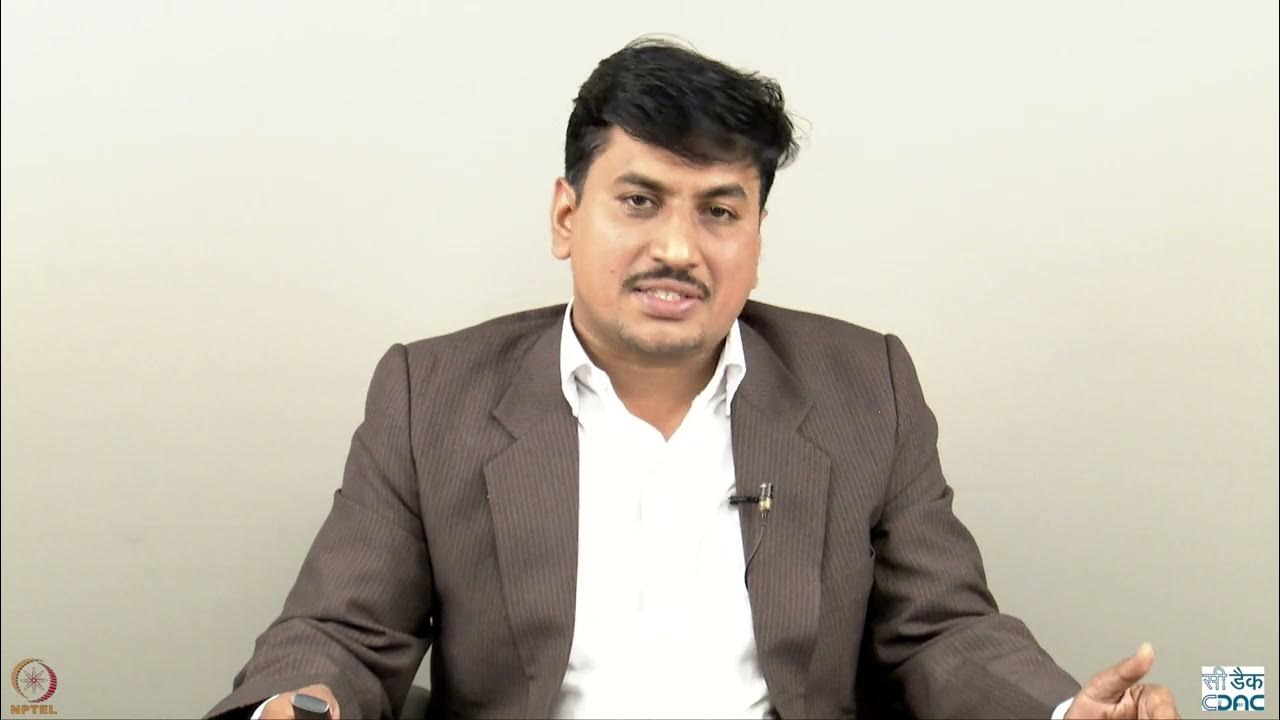Konsep Dasar Sistem Operasi
Summary
TLDRThis lecture covers the fundamental concepts of operating systems, including their functions, types, and historical evolution. It explains how operating systems serve as intermediaries between hardware and software, managing resources efficiently. The video also discusses various types of operating systems, such as Windows, Linux, and Mac OS, highlighting their unique features and usage. Additionally, it delves into the tasks of an operating system, including process and resource management. Overall, the content provides a comprehensive overview of how operating systems have developed and their critical role in modern computing.
Takeaways
- 😀 Operating systems (OS) are essential control programs that act as an interface between hardware and users, managing resources effectively.
- 😀 OS functions include resource management, service provision, and making hardware efficient for users by ensuring optimal usage of system resources.
- 😀 A system's primary task is to manage both physical and abstract resources like memory, hardware, software, and processes.
- 😀 Operating systems can be categorized by their interface: text-based (command-line) or graphical (GUI).
- 😀 OS types can also be classified by their intended use: personal or network-based systems. Examples include Windows for personal use and Windows Server for networks.
- 😀 Examples of commercial OS include Windows versions (e.g., Windows XP, Vista, 7, 10) and Mac OS, which is known for its closed hardware and software ecosystem.
- 😀 Open-source OS like Linux offer freedom for users to modify and distribute the software. Examples include distributions like Ubuntu, Debian, and Fedora.
- 😀 The history of Unix-based operating systems is significant, with Linux being a derivative that became a powerful, widely used open-source OS.
- 😀 Mac OS is renowned for its graphical user interface and is commonly used for its high-quality design features and stability, though it's limited to Apple hardware.
- 😀 A key concept in operating systems is multitasking, allowing multiple processes to run simultaneously. Unix and Linux were some of the earliest systems to implement this concept.
- 😀 The role of OS extends beyond just managing hardware and software; it also involves ensuring smooth operation by controlling processes and system resources like memory and storage.
Q & A
What is the primary function of an operating system?
-The primary function of an operating system is to act as an intermediary between the hardware and software, managing system resources efficiently and providing an interface for the user to interact with the computer.
How does an operating system manage hardware resources?
-An operating system manages hardware resources by controlling and allocating system resources such as CPU, memory, storage devices, and input/output devices. It ensures that these resources are used efficiently and effectively.
What are the two main types of operating systems based on their interface?
-Operating systems are classified into two main types based on their interface: text-based (e.g., DOS) and graphical user interface (GUI)-based (e.g., Windows, MacOS, Linux).
What is the role of an operating system in process management?
-The operating system manages processes by allocating CPU time, managing memory usage, and ensuring the smooth execution of multiple tasks. It also handles process synchronization and communication.
What are the key differences between personal and network operating systems?
-Personal operating systems are designed for individual use (e.g., Windows, MacOS, Linux), while network operating systems are used to manage and facilitate communication between computers within a network (e.g., Windows Server, Linux Server).
How does the operating system handle errors in hardware or software?
-The operating system detects errors through built-in error-handling mechanisms and provides notifications to users. It may also attempt to correct errors automatically or prevent the system from crashing.
Why is Linux considered an open-source operating system?
-Linux is considered open-source because its source code is freely available for anyone to use, modify, and distribute. This allows developers worldwide to contribute to its development and customize it according to their needs.
What is the significance of Unix in the history of operating systems?
-Unix is one of the earliest operating systems that influenced the development of many other systems, including Linux. It was designed as a portable, multi-tasking, and multi-user system, making it foundational in modern operating system design.
What is the difference between a commercial operating system like Windows and an open-source system like Linux?
-Commercial operating systems like Windows are proprietary and typically require a paid license, while open-source systems like Linux are free to use, modify, and distribute. Additionally, Linux offers more customization options and is community-driven.
What is the purpose of the graphical user interface (GUI) in modern operating systems?
-The GUI in modern operating systems provides a user-friendly way to interact with the system, using visual elements like icons, windows, and buttons. It simplifies tasks for users by replacing complex text-based commands with intuitive graphical interactions.
Outlines

Cette section est réservée aux utilisateurs payants. Améliorez votre compte pour accéder à cette section.
Améliorer maintenantMindmap

Cette section est réservée aux utilisateurs payants. Améliorez votre compte pour accéder à cette section.
Améliorer maintenantKeywords

Cette section est réservée aux utilisateurs payants. Améliorez votre compte pour accéder à cette section.
Améliorer maintenantHighlights

Cette section est réservée aux utilisateurs payants. Améliorez votre compte pour accéder à cette section.
Améliorer maintenantTranscripts

Cette section est réservée aux utilisateurs payants. Améliorez votre compte pour accéder à cette section.
Améliorer maintenantVoir Plus de Vidéos Connexes

Konsep Dasar Sistem Operasi

SISTEM OPERASI 1 - KONSEP DASAR DAN SEJARAH PERKEMBANGAN SISTEM OPERASI

Week 1: Lecture 1: Introduction to Operating System.

Introduction To Operating System | OS Functions , Features And Types

EKMA4116 Manajemen - Konsep Dasar dan Perkembangan Manajemen

Perangkat Lunak TIK Terkini #9 | PTIK
5.0 / 5 (0 votes)
